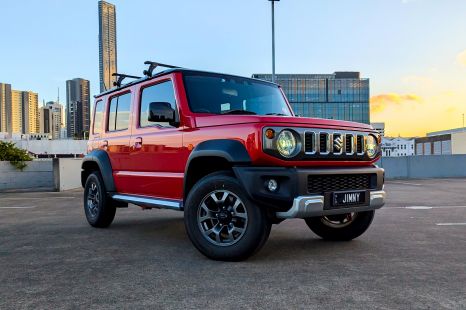

William Stopford
2026 Suzuki Jimny XL review
47 Minutes Ago

News Editor
Queensland’s 5-0 wants to cut its C02.
The Queensland Police Service is adding five hydrogen fuel-cell Hyundai Nexo crossovers to its fleet, each wearing police livery plus lights and sirens.
This makes the Nexo the first FCEV police car not only in Australia, but also in the Southern Hemisphere.
Hyundai says the deployment will demonstrate the benefits of FCEVs to the QPS, while also showcasing the technology to the public.
Each Nexo will be refuelled at the Queensland Government’s hydrogen station in Brisbane, using hydrogen produced in the state.
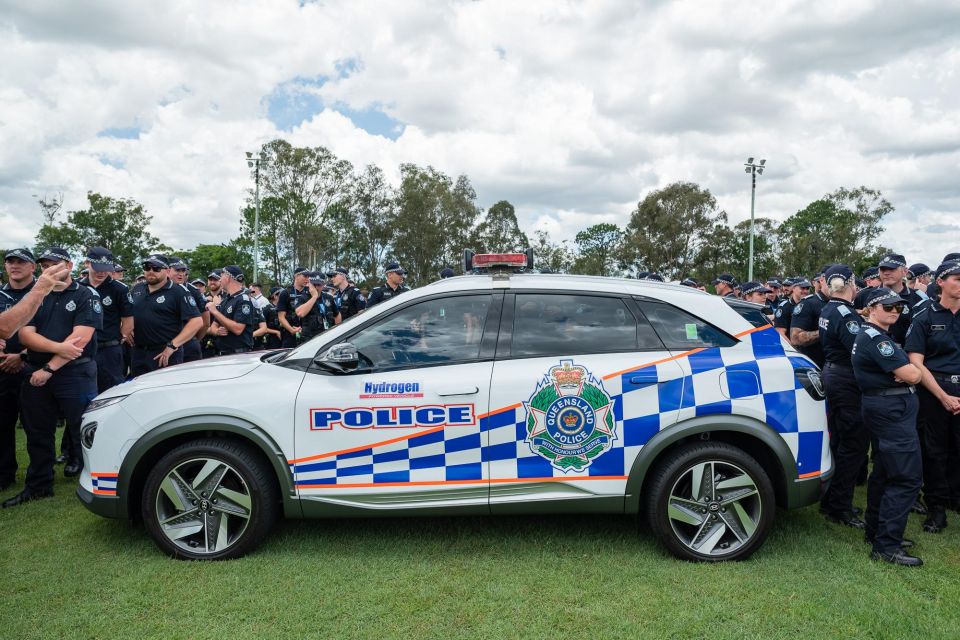
There are now 28 Nexos nationwide, including 20 used by the Australian Capital Territory government and those stationed at Hyundai’s head office in Sydney.
Hyundai Australia is working with the government and other stakeholders on implementing Australia’s National Hydrogen Strategy.
Like the Toyota Mirai, the only other FCEV passenger vehicle currently available in Australia, it has a five-star safety rating from ANCAP. As part of its own safety testing, Hyundai also fired armour-piercing bullets at the Nexo’s hydrogen tanks to no effect.
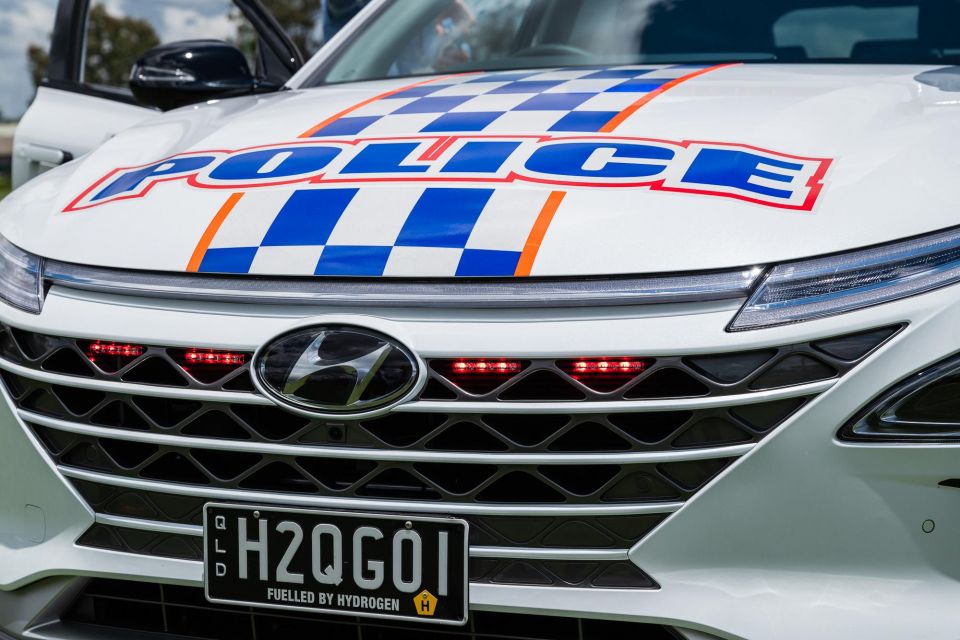
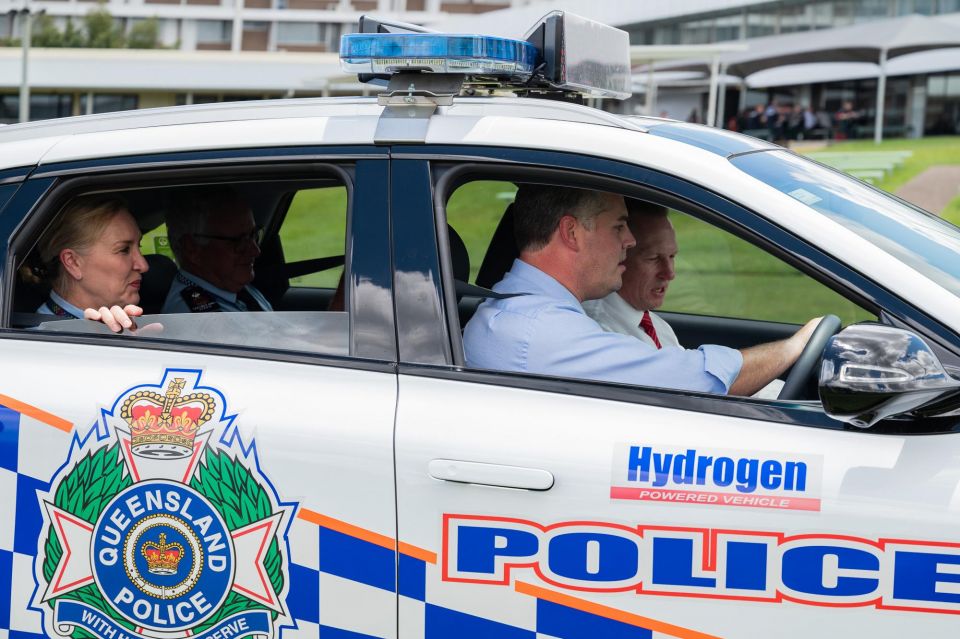
Unlike its predecessor – the ix35 Fuel Cell, Hyundai’s first-ever FCEV which was imported here for testing purposes – the Nexo uses a unique platform.
It measures 4670mm long, 1630mm tall and 1860mm wide, which makes it 40mm longer than a Tucson and 5mm narrower.
Its powertrain produces 120kW of power and 395Nm of torque, outputs quite close to those of a Tucson turbo-diesel.
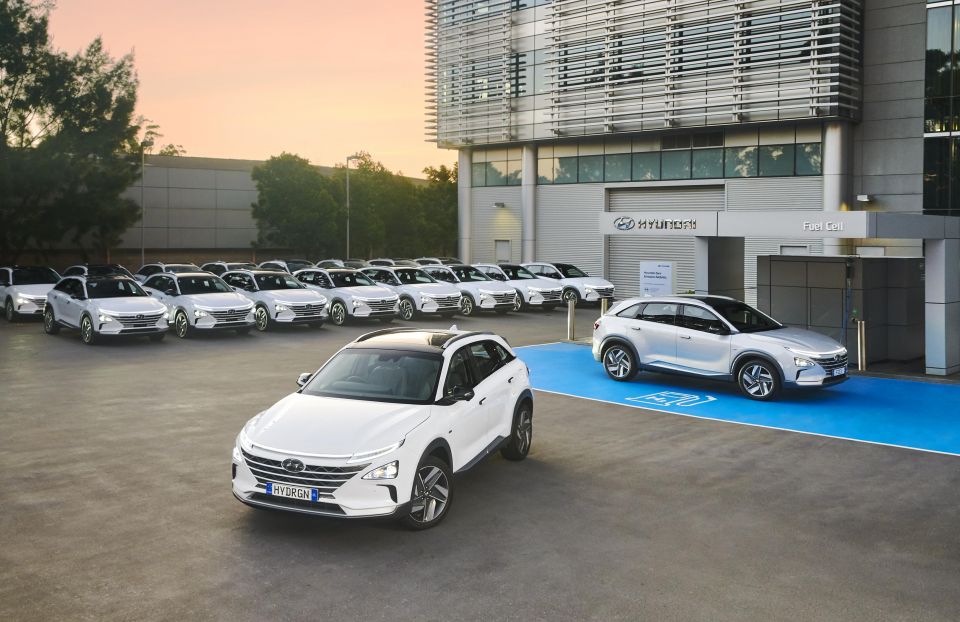
It boasts a devilishly good range of 666km, emits only water vapour, cleans the air that it passes through, can provide power to the grid, and takes just three to five minutes to refuel. It almost sounds too good to be true.
There is, of course, a catch: besides cost, the Nexo (and other FCEVs) must contend with Australia’s limited hydrogen refuelling network.
The Australian Government has, however, committed to adding more public refuelling stations as part of its Future Fuels and Vehicles Strategy.
MORE: Government to fund electric car infrastructure, won’t offer subsidies
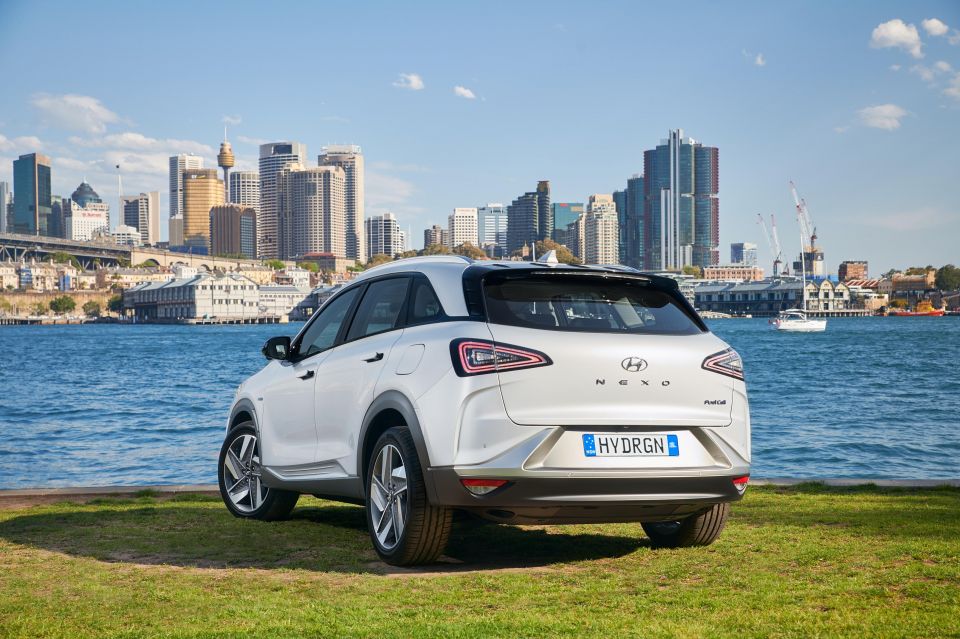
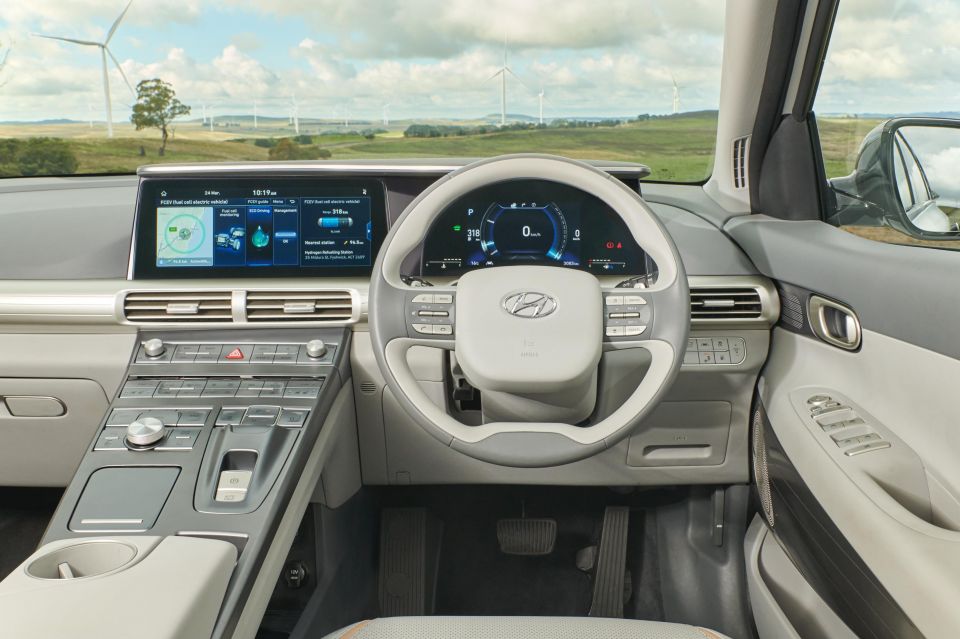
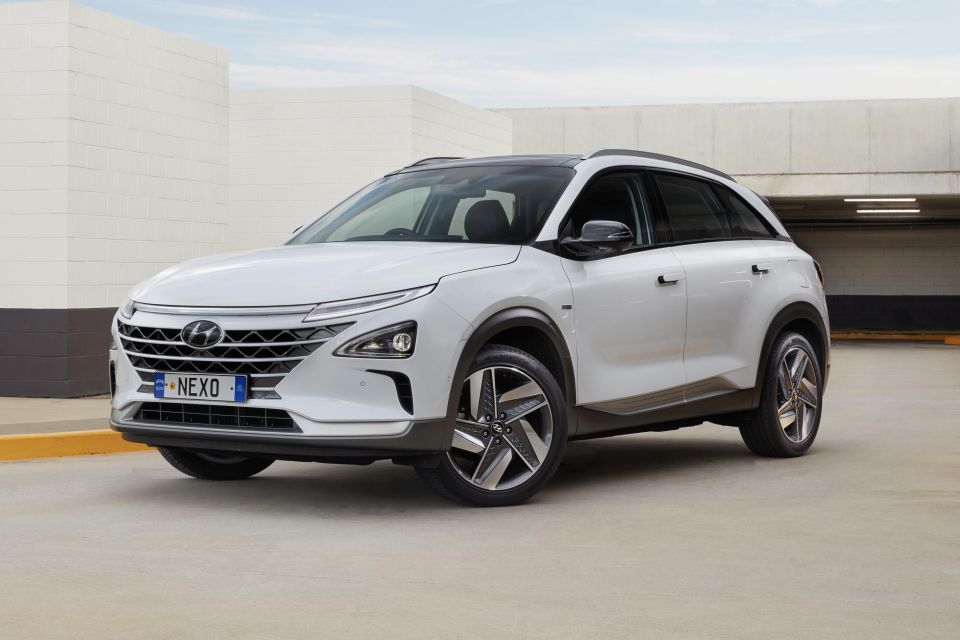
Globally, Hyundai has committed to reducing its 2019 carbon emission levels by 75 per cent by 2040, with the target of zero carbon emissions by 2045.
By 2030, Hyundai aims for 30 per cent of its global vehicle sales to be from zero-emission vehicles. By 2040, it wants zero-emissions vehicles to account for 80 per cent of total sales, and it’s not just investing in battery EVs like many rival automakers.
Hyundai is planning to invest in green hydrogen startups in order to establish infrastructure in countries with strong government support and abundant renewable energy sources.
It’s also looking to expand its range of FCEVs, including the introduction of a Staria-based FCEV people mover in 2023. A new Nexo is also set to debut at that time.
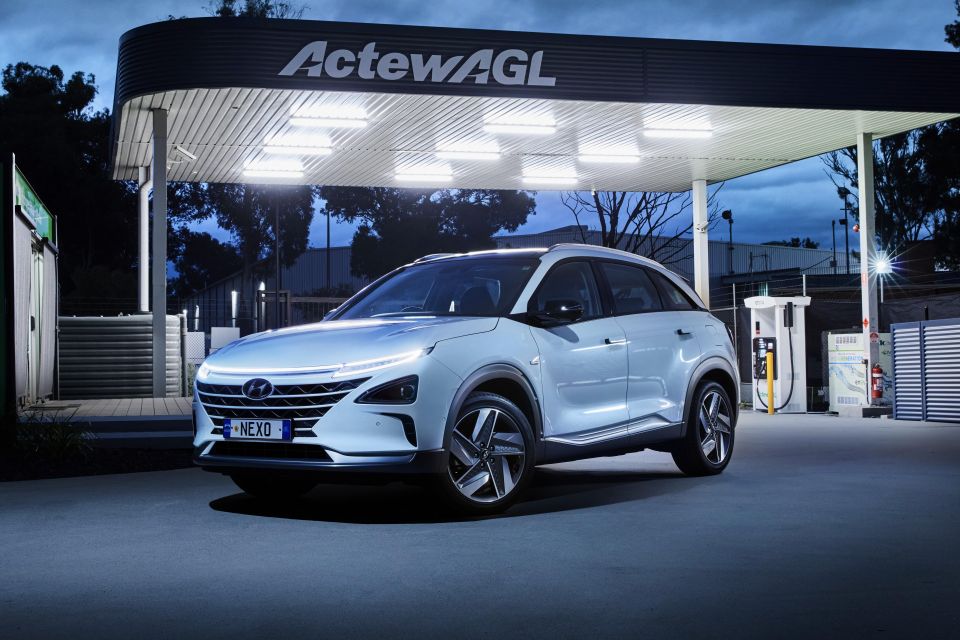
It plans to launch a next-generation FCEV drive unit in 2023, and Hyundai expects its 2023 FCEV ‘stack’, by far the most expensive part, to be some 50 per cent cheaper than current versions due to reduced reliance on materials like graphite and platinum.
From there, in an industry first, it plans for its full range of commercial trucks and buses to come with both hydrogen fuel-cell electric (FCEV) and battery electric (BEV) drivetrains from 2028.
The big goal is price competitiveness between the two zero-emissions drivetrains as soon as 2030, something that would be accelerated through economies of scale.
It’s invested A$1.5 billion in an expansion of its FCEV production, with an annual production target of 100,000 hydrogen fuel-cells.
MORE: Hyundai’s hydrogen push: cost parity with EVs by 2030 MORE: Hyundai’s billion-dollar fuel-cell expansion detailed MORE: Hyundai Nexo sets world distance record MORE: 2021 Hyundai Nexo review
Where expert car reviews meet expert car buying – CarExpert gives you trusted advice, personalised service and real savings on your next new car.
William Stopford is an automotive journalist with a passion for mainstream cars, automotive history and overseas auto markets.


William Stopford
47 Minutes Ago
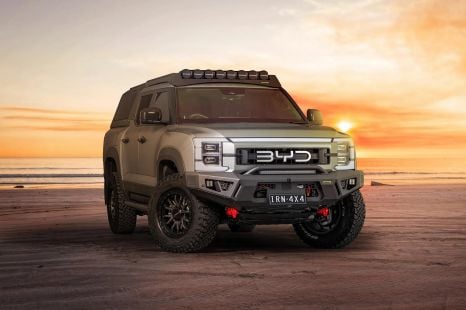

William Stopford
9 Hours Ago
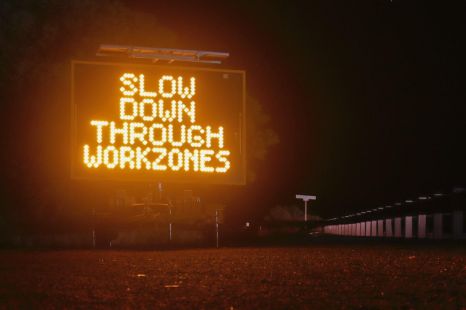

Ben Zachariah
11 Hours Ago
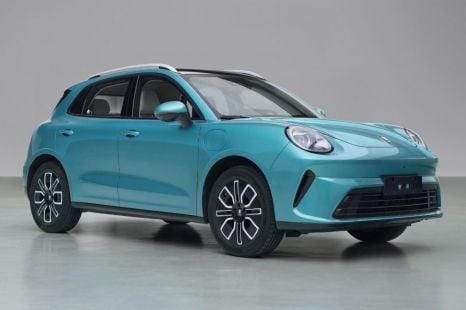

William Stopford
11 Hours Ago
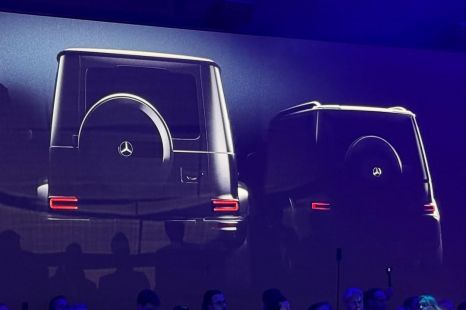

Ben Zachariah
14 Hours Ago
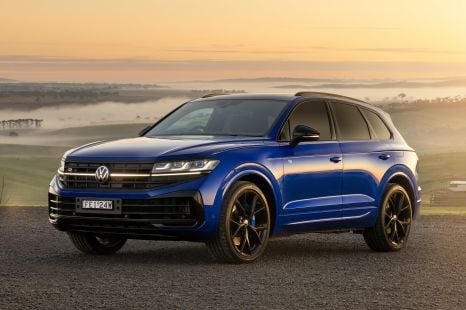

Damion Smy
14 Hours Ago